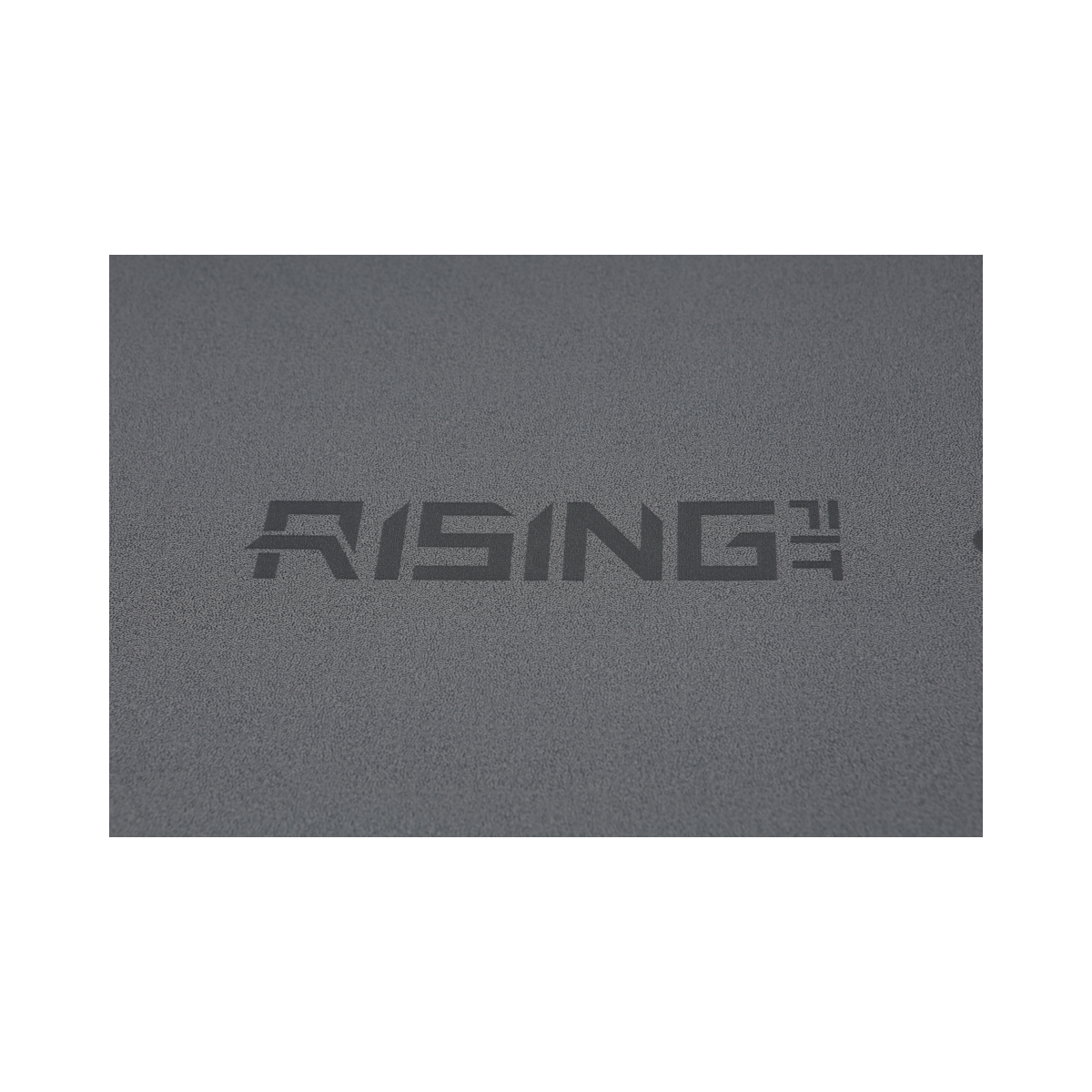Understanding Yoga Mat Thickness and Its Impact on Your Practice
When stepping into the world of yoga, one of the first and most crucial decisions you'll face is choosing between a thick or thin yoga mat. Yoga mat thickness can significantly influence your practice, comfort, and overall experience on the mat. While some practitioners swear by the cushioning of thicker mats, others prefer the grounded stability of thinner options. Let's explore the nuances of yoga mat thickness and help you make an informed decision that aligns with your practice style and needs.
The Science Behind Yoga Mat Thickness
Standard Thickness Measurements
Yoga mat thickness typically ranges from 1/16 inch (1.5mm) to 1/4 inch (6mm). The most common yoga mat thickness falls between 3mm and 5mm, offering a balance between cushioning and stability. Ultra-thin travel mats can be as slim as 1mm, while extra-thick mats designed for therapeutic purposes may extend beyond 6mm. Understanding these measurements is crucial as they directly correlate with the mat's performance and suitability for different yoga styles.
Material Density and Compression
Beyond mere thickness, the density and composition of the mat material play vital roles in its performance. A denser mat will provide better support and durability, even in thinner formats. Materials like PVC, TPE, and natural rubber compress differently under pressure, affecting how the mat feels during practice. High-density mats maintain their shape better during intense sessions and typically offer superior longevity.
Benefits of Thick Yoga Mats
Superior Joint Protection
Thick yoga mats, typically 5-6mm in depth, excel at providing cushioning for sensitive joints. This additional padding proves particularly beneficial for practitioners with knee, wrist, or spinal sensitivity. The extra cushioning helps distribute pressure more evenly across the body, reducing strain during weight-bearing poses and making longer practice sessions more comfortable.
Enhanced Comfort for Restorative Practices
For restorative yoga, yin yoga, or meditation sessions, thicker mats offer unparalleled comfort. The additional cushioning supports long-held poses and creates a more nurturing environment for deep relaxation. Senior practitioners or those recovering from injuries often find thick mats more accommodating for their practice needs.
Advantages of Thin Yoga Mats
Improved Balance and Stability
Thin yoga mats, ranging from 1.5-3mm, provide superior ground connection essential for balance poses and standing asanas. This enhanced stability allows practitioners to feel subtle shifts in weight distribution, improving proprioception and overall balance. Advanced practitioners often prefer thinner mats for their ability to facilitate precise alignment and controlled movements.
Portability and Versatility
The lightweight nature of thin mats makes them ideal for yogis on the go. They roll up compactly, fit easily in standard yoga bags, and prove perfect for travel or commuting to studio classes. Their versatility extends to various yoga styles, particularly those requiring quick transitions or dynamic movements like vinyasa flow.
Making the Right Choice for Your Practice
Practice Style Considerations
Your primary yoga style should heavily influence your mat thickness choice. Power yoga and flow classes often benefit from thinner mats that allow quick movements and stable transitions. Conversely, practitioners focusing on gentle or restorative yoga might prefer thicker mats for their cushioning properties. Consider the poses you frequently practice and the level of support your body requires.
Personal Physical Factors
Individual physical conditions play a crucial role in determining optimal yoga mat thickness. Those with joint sensitivity, arthritis, or injuries might benefit from thicker mats' additional cushioning. Meanwhile, practitioners with excellent balance and no joint issues might prefer the groundedness of thinner mats. Listen to your body's needs and consider any existing physical conditions when making your choice.
Maintenance and Longevity Differences
Cleaning and Care Requirements
The thickness of your yoga mat can affect its maintenance needs. Thicker mats generally require more thorough cleaning as they can harbor more moisture and bacteria within their dense structure. They may also take longer to dry completely. Thinner mats, while easier to clean and quick-drying, might show wear more quickly in high-stress areas.
Durability Factors
When it comes to longevity, both thick and thin mats have their considerations. Thicker mats might last longer due to more material to wear through, but they can also develop permanent indentations from regular use. Thin mats, while potentially more prone to wear in high-pressure areas, often maintain their original shape better over time when properly cared for.
Frequently Asked Questions
Can I use a thick yoga mat for hot yoga?
While you can use a thick yoga mat for hot yoga, it's generally not recommended. Thick mats tend to retain more heat and moisture, which can make them slippery and less stable during sweaty practices. A thinner, moisture-wicking mat specifically designed for hot yoga would be more suitable.
Will a thin yoga mat provide enough support for my knees?
This depends on your individual needs and sensitivity. While some practitioners find thin mats adequate, those with knee sensitivity might benefit from a thicker mat or using additional props like folded blankets for extra support during kneeling poses.
How does mat thickness affect balance poses?
Generally, thinner mats provide better stability for balance poses as they allow for more direct ground connection. Thicker mats can create a slightly unstable surface that might challenge your balance more, though this could be beneficial for developing stronger stabilizing muscles over time.


